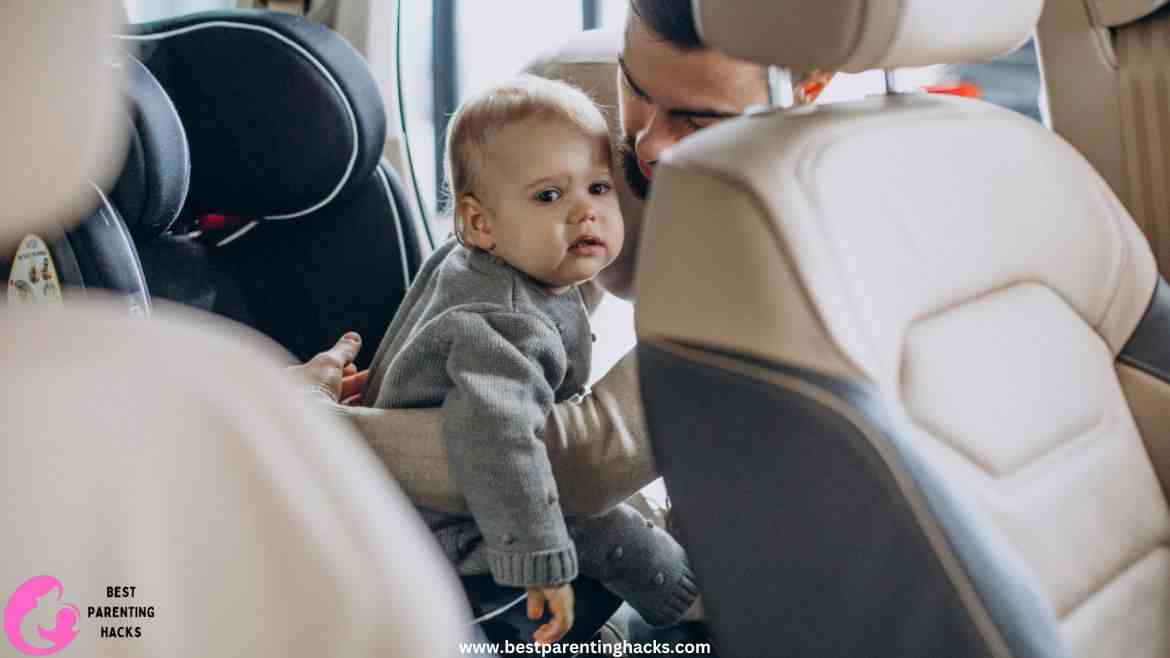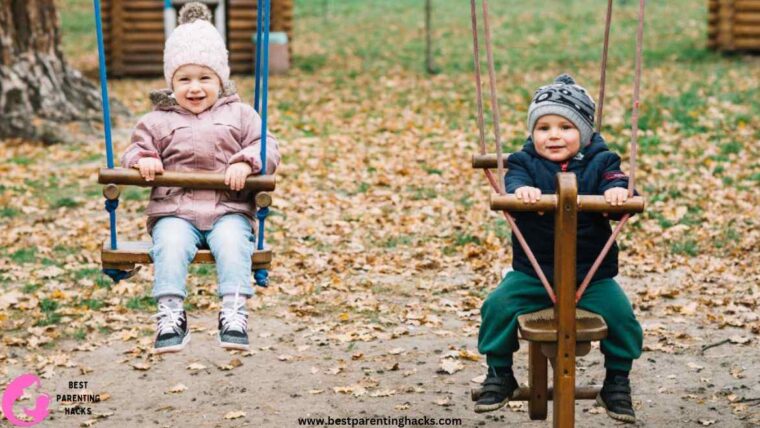Table of Contents
One of the most important choices I’ve had to make as a parent is when to discontinue using a car seat for my child. Making this decision is not as straightforward as it may seem considering the factors such, as practicality, developmental stages, and safety that come into play. Every parent has questions about this, and the solutions aren’t always obvious. To get the best for my child, I have waded through a sea of suggestions, counsel, and firsthand knowledge along this trip. This shift from lugging a baby in a car seat to the next phase signifies a pivotal juncture in the adventures of both the parent and the child.
When it comes to the central point of this discussion, which is “When is the right time to stop carrying your baby in a car seat?” there are differing opinions. It changes according to the child’s weight, height, and developmental stage, among other things. Generally speaking, though, you should think about switching when your child outgrows the weight or height restrictions of the car seat or begins to exhibit developmental and physical preparation for the next stage. This essay will help you navigate the decision-making process. It will offer perspectives based on my own experiences and thorough research.

Signs It’s Time to stop Carrying Baby in Car Seat
When deciding when stage to go from an infant car seat to the next, one must consider several factors:
1. Weight and Height Limits: The most important consideration is whether your child has grown to the maximum weight or height allowed for the car seat.
2. Sitting Unassisted: If your child can sit up on their own, it may be time to switch to a more upright car seat.
3. Discomfort or Restriction: Take note of whether your child appears congested or uneasy in their present car seat.
4. Curiosity and Awareness: Babies show that they are ready for change as they become older by being more eager to investigate and engage with their environment.
5. Safety Standards: Consistently adhere to the most recent safety guidelines and advice from physicians and car seat manufacturers.
You Might Also Like to Read: Why Does My Baby Scratch His Head While Sleeping?
Safety First: Ensuring a Smooth Transition
The most important thing when switching to a new car seat is safety. The following five elements will guarantee a secure and seamless transition:
1. Proper Installation: Verify that the new car seat is put in line with the manufacturer’s instructions.
2. Right Fit: Select a car seat based on your child’s height and weight at this time.
3. Adjustment Period: Give your child some time to get used to their new seat so they can feel safe and comfortable.
4. Regular Checks: As your child develops, ensure sure the car seat still fits properly and check it frequently.
5. Stay Informed: Stay current on the most recent recall notifications and car seat safety rules.
You Might Also Like to Read: Baby Ate Paper with Ink. What Should I Do?
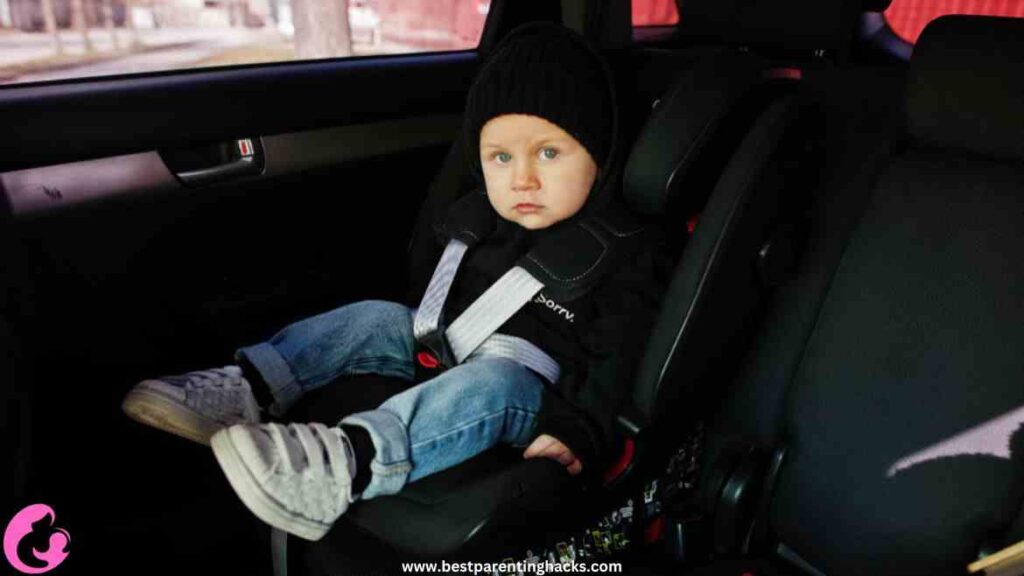
Personal Experience: My Journey with Car Seats
After giving car seats some thought, I’ve discovered four crucial phases that got me through this transition:
1. Research and Information Gathering: I devoted a lot of time to learning about safety regulations and various car seat models.
2. Observing My Child’s Growth: Deciding whether to transfer car seats required careful consideration of my child’s physical growth.
3. Seeking Professional Advice: I gained important knowledge from speaking with a pediatrician and a car seat safety specialist.
4. Learning from Experience: Every change of car seat taught me something new about my child’s requirements and level of comfort.
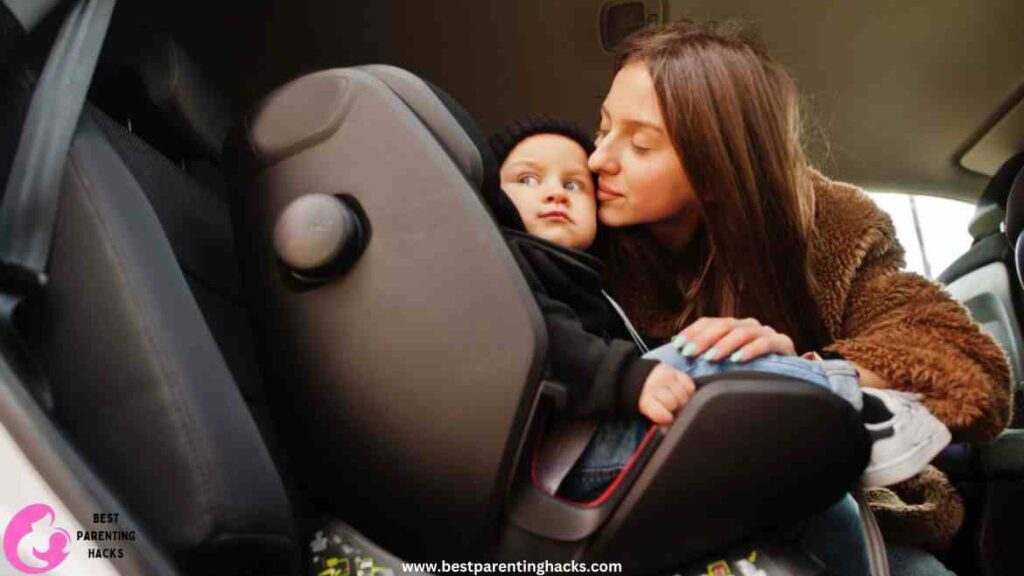
Alternative Carrying Methods
In addition to conventional car seats, I looked into other carrying options:
• Babywearing: Especially for quick excursions, using a baby carrier or sling allows for ease and intimacy.
• Strollers: Using a stroller allowed my infant to see the world from a different angle and was a practical option for longer outings or shopping trips.
• Convertible car seats: These adaptable seats provide a long-term solution for growing with your child.
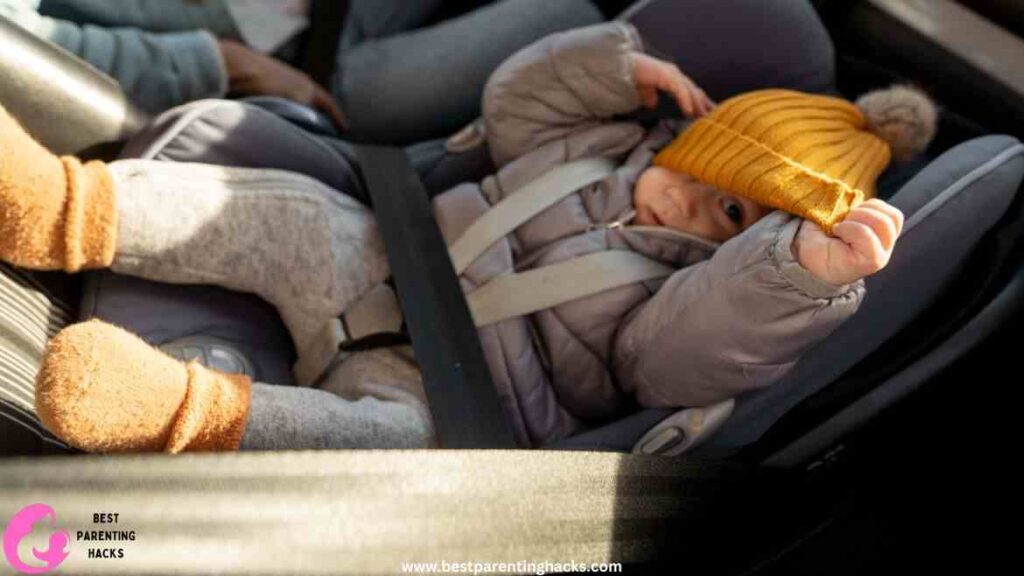
Conclusion
In summary, when it comes to switching from using a car seat to another way of carrying your baby it requires learning, adapting, and paying attention. It’s a choice that weighs your child’s developmental needs against safety considerations. Understanding when to transition is an aspect of adapting to our child’s development as parents. As far as I can tell, the secret is to be aware, perceptive, and adaptable, and to always put your child’s comfort and safety first.
FAQs
1. What weight range is advised when a baby outgrows their car seat?
Though it fluctuates, the weight restriction is normally between 20 and 30 pounds. Check the instructions for your particular car seat.
2. How can I tell whether my child is prepared to use a booster seat?
They must be at least four years old and larger than the weight or height restriction of their forward-facing car seat.
3. Is my baby’s development impacted by using a car seat for extended periods?
Indeed, it may affect physical growth. Use of car seats should only occur during travel.
4. In contrast to car seats, what are the advantages of wearing a baby?
Wearing a baby makes short trips easier and fosters bonding and growth.
5. How can I make sure my child is safe throughout the changeover?
Ascertain that your youngster meets the standards for the car seat and properly installs the new seat.
6. Should developmental milestones be taken into account before switching car seats?
Yes, like sitting down on their own and becoming taller than the car seat.
7. What are some typical difficulties parents run across while switching car seats?
Choosing the ideal moment to switch seats, appropriately fitting the new seat, and guaranteeing the child’s safety and comfort are all challenges.

